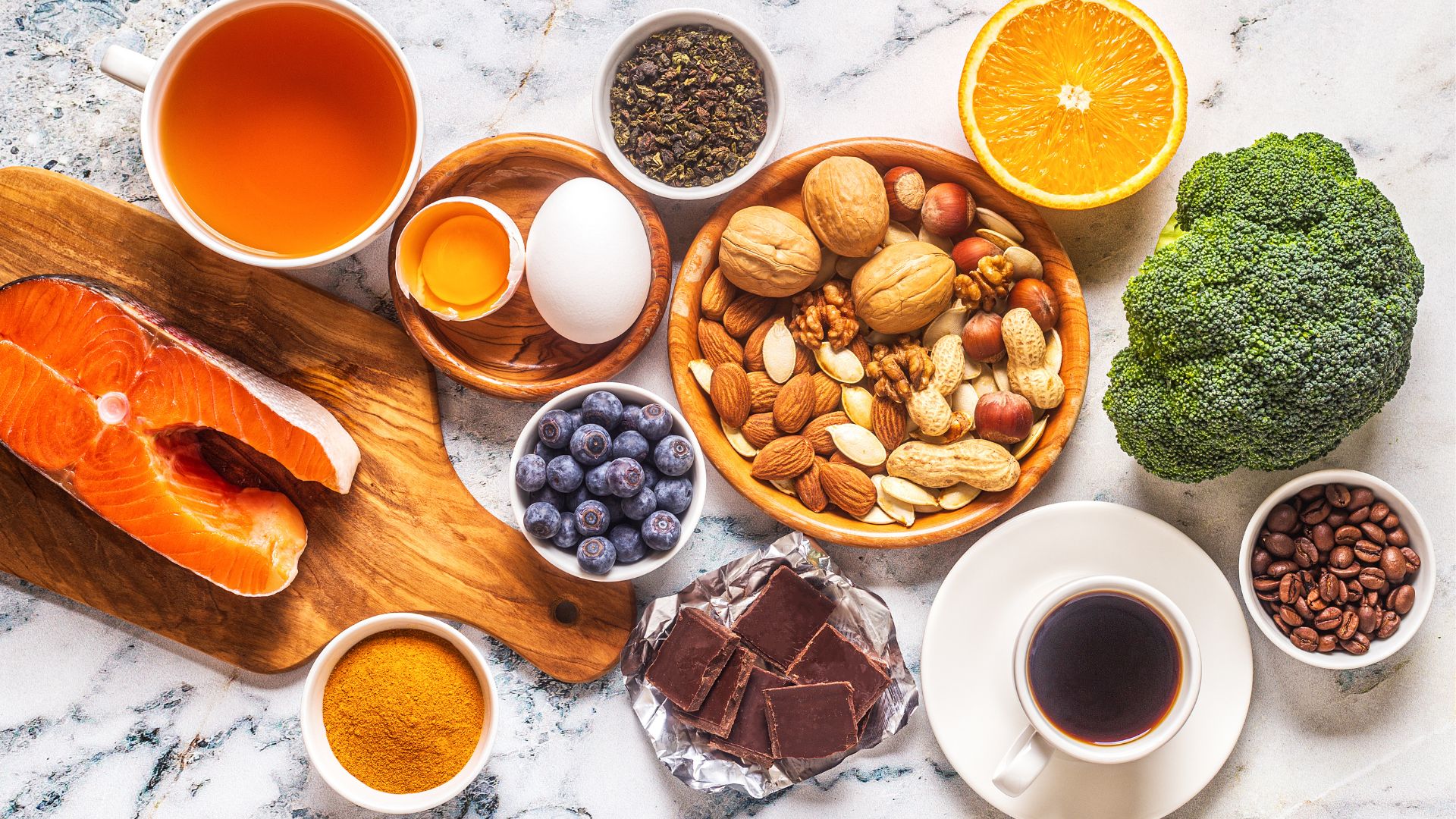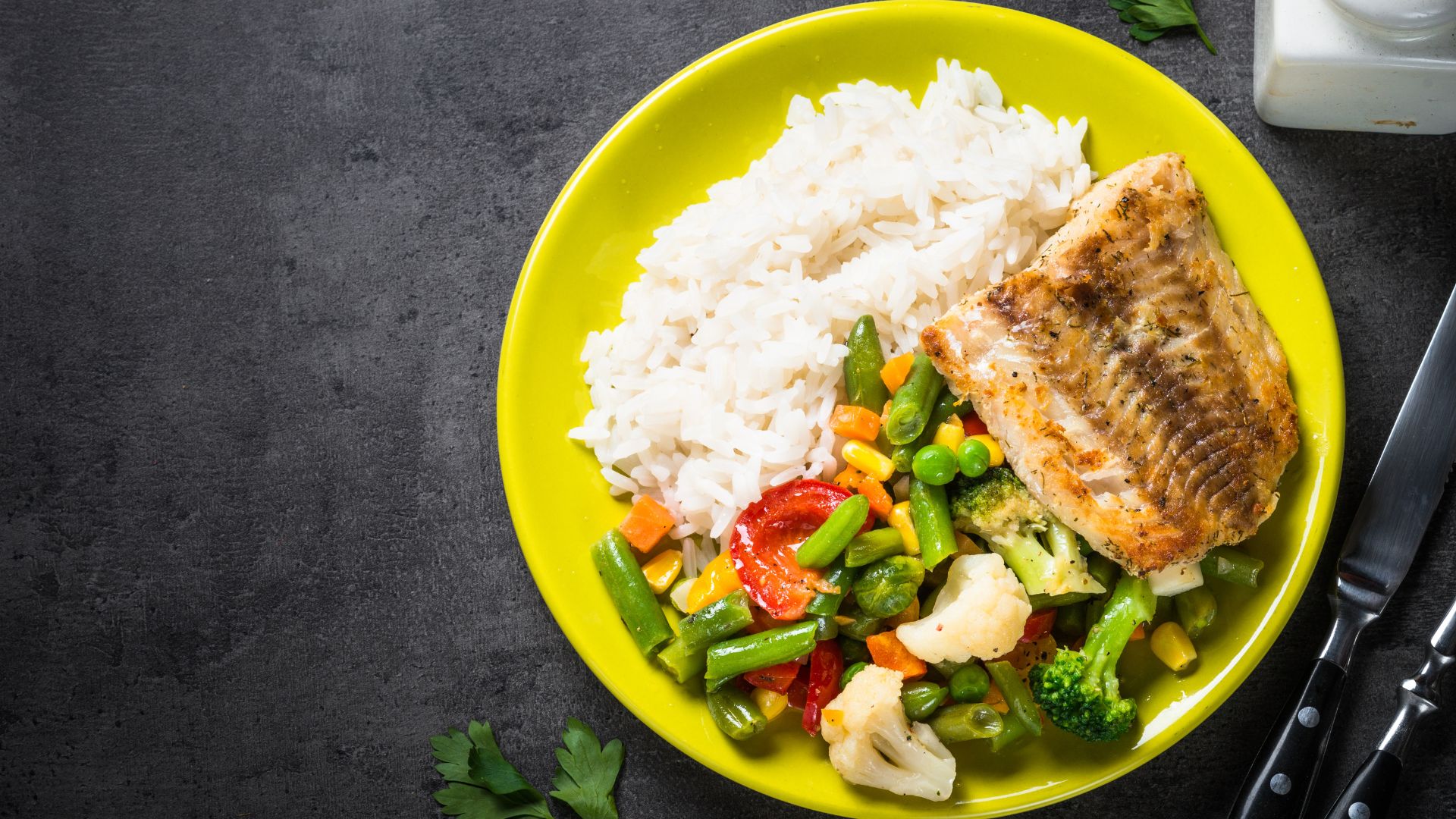Consuming These Foods Can Reduce Abdominal Fat and Improve Cardiovascular Health


Consuming These Foods Can Reduce Abdominal Fat and Improve Cardiovascular Health

Desmond Croker RN, Dip. OHS, BSN, MSN, CCDE
July 25 2023
Abdominal fat is the fat that accumulates around your waistline and organs in your belly. It's also known as visceral fat or belly fat. Abdominal fat is different from subcutaneous fat, which is the fat that lies under your skin all over your body.
Abdominal fat is bad for you because it can cause inflammation and interfere with the function of your hormones, such as insulin and cortisol. Insulin is a hormone that helps your cells use glucose (sugar) for energy. If you have insulin resistance or type 2 diabetes, your cells don't respond well to insulin and have trouble using glucose. This causes high blood sugar levels that can damage your organs and nerves.
Cortisol is a hormone that helps your body cope with stress. If you have chronic stress or anxiety, your cortisol levels can be too high and cause you to store more fat in your abdomen. Cortisol can also increase your appetite and make you crave sugary and fatty foods.

Having too much abdominal fat can increase your risk of several health problems, such as:
- Heart disease
- Stroke
- High blood pressure
- High cholesterol
- Type 2 diabetes
- Metabolic syndrome
- Certain cancers
How Can You Measure Your Abdominal Fat?
One way to measure your abdominal fat is to use a tape measure and wrap it around your waist at the level of your belly button. This is called your waist circumference. According to the National Institutes of Health (NIH), a healthy waist circumference for men is less than 40 inches (102 cm) and for women is less than 35 inches (88 cm).
Another way to measure your abdominal fat is to use a device called a caliper that pinches your skin and measures the thickness of the fat layer. This is called your skinfold thickness. According to the American Council on Exercise (ACE), a healthy skinfold thickness for men is between 10% and 22% of their body weight and for women is between 20% and 32% of their body weight.

What Are Some Foods That Can Help You Reduce Your Abdominal Fat?
There are many foods that can help you reduce your abdominal fat by boosting your metabolism, curbing your appetite, balancing your hormones, and fighting inflammation. Here are some of the best foods that can help you flatten your belly:
Fatty fish: Fatty fish like salmon, herring, sardines, mackerel, and tuna are rich in omega-3 fatty acids, which are healthy fats that can improve your blood flow and prevent blood clots. Omega-3s can also lower your triglycerides and cholesterol levels, which are linked to heart problems. Plus, fatty fish are high in protein, which can help you feel full longer and burn more calories.
Leafy green vegetables: Leafy green vegetables like spinach, kale, collard greens, lettuce, and cabbage are loaded with vitamins, minerals, antioxidants, and fiber. They can help lower your blood pressure, cholesterol, and blood sugar levels. They can also help you lose weight by adding bulk to your meals and making you eat less. Plus, leafy greens are low in calories and carbs, which can help you control your blood sugar levels and prevent spikes and crashes.
Whole grains: Whole grains like whole wheat, brown rice, oats, barley, quinoa, and buckwheat contain all three parts of the grain: the bran, the germ, and the endosperm. They are rich in fiber, which can help lower your blood sugar, cholesterol, and blood pressure levels. They can also help you feel full longer and prevent overeating. Plus, whole grains are high in B vitamins, which can help regulate your metabolism and energy production.
Beans: Beans like black beans, pinto beans, kidney beans, chickpeas, and lentils are high in fiber and protein, which can help you feel full longer and burn more calories. They can also help lower your blood sugar, cholesterol, and blood pressure levels. Plus, beans are low in fat and calories, which can help you lose weight and reduce your abdominal fat.
Healthy fats: Healthy fats like avocado, olive oil, nuts, seeds, and fatty fish can help you reduce your abdominal fat by improving your insulin sensitivity and glucose metabolism. They can also help lower your inflammation and oxidative stress levels, which can damage your cells and cause heart disease and diabetes. Plus, healthy fats can help you feel full longer and prevent cravings for sugary and fatty foods.

How to Include These Foods in Your Diet
Including these foods in your diet is easy and delicious. You can eat them raw or cooked, alone or with other foods. Here are some ideas on how to include these foods in your diet:
- Add fatty fish to your salads, sandwiches, soups, or stews for a boost of protein and omega-3s.
- Add leafy green vegetables to your smoothies, omelets, wraps, or stir-fries for a burst of vitamins and minerals.
- Add whole grains to your breakfast cereal, oatmeal, yogurt, or baked goods for a dose of fiber and B vitamins.
- Add beans to your salads, soups, casseroles, or dips for a punch of fiber and protein.
- Add healthy fats to your salads, sandwiches, pasta dishes, or desserts for a touch of flavor and satiety.
We provide a unique opportunity for persons with chronic diseases to receive individualized attention. Helping them understand the medical treatment they receive and how best to use the medication their doctor prescribes to manage their condition.
You can signup and get one free consultations with Priority access to our health experts, including Diabetes educators, Nutritionists, and Behavioral therapists.
Most Popular Articles
10 Stress-Reducing Foods You Should Be Eating Right Now
The Power of Prevention: The Benefits of Natural Supplements for Women's Heart Health
The Importance of Diabetes Education and Counseling for people with Diabetes and chronic diseases
The Untold Secrets to Optimal Health: Transform Your Lifestyle Everyday
Unlock Maximum HIIT Performance with these expert-recommended Supplements
Managing Stress: Simple and Natural Ways to Reduce Stress Levels and activate your superpower
6 simple tips for sticking with physical activity in diabetes management
The Benefits of Intermittent Fasting in Diabetes: A Closer Look, by a Diabetes Expert
Combatting age-related Cognitive Decline: Tips to Enhance Memory
The most overlooked risk factors for diabetes - By a Diabetes expert after 12 years of experience
Start your free trial
Sign up to get 10% off your next subscription
Most Popular Articles
10 Stress-Reducing Foods You Should Be Eating Right Now
The Power of Prevention: The Benefits of Natural Supplements for Women's Heart Health
The Importance of Diabetes Education and Counseling for people with Diabetes and chronic diseases
The Untold Secrets to Optimal Health: Transform Your Lifestyle Everyday
Unlock Maximum HIIT Performance with these expert-recommended Supplements
Managing Stress: Simple and Natural Ways to Reduce Stress Levels and activate your superpower
6 simple tips for sticking with physical activity in diabetes management
The Benefits of Intermittent Fasting in Diabetes: A Closer Look, by a Diabetes Expert
Combatting age-related Cognitive Decline: Tips to Enhance Memory
The most overlooked risk factors for diabetes - By a Diabetes expert after 12 years of experience
Recommended Posts
This site uses cookies. By using this site, you agree to our Privacy Policy and our Terms & Conditions
-480x320.jpg)
-3-480x320.jpg)

-480x320.jpg)
-1-480x320.jpg)
-480x320.jpg)
-2-480x320.jpg)
-480x320.jpg)
-480x320.jpg)
-1-480x320.jpg)